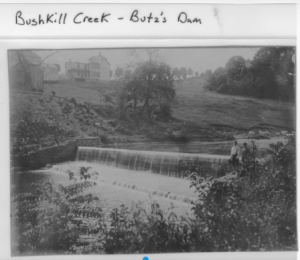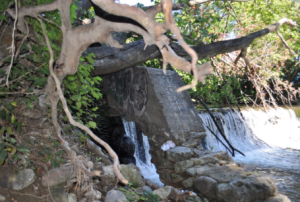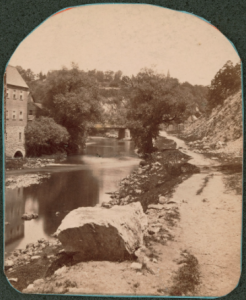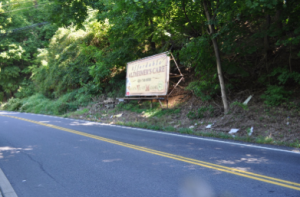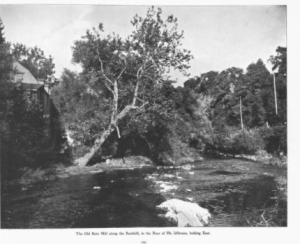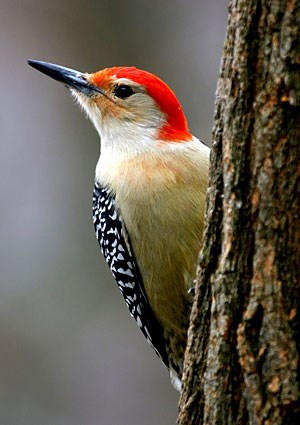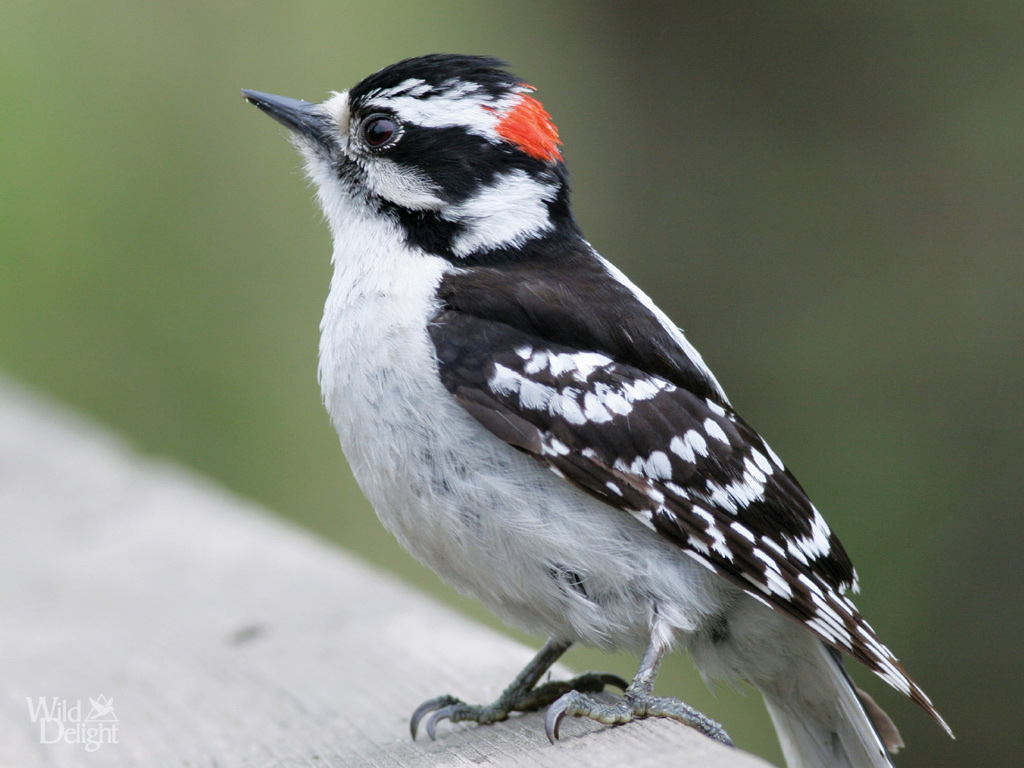First off, Shana Weber’s lecture on Thursday night was 100% on point. Her reasoning as to why campus sustainability is so damn important, in my opinion, was the most profound part of her lecture. Essentially, she believes we should think of the campus as a laboratory where there are less constraints caused by the bottom line, tons of great risk-taking innovators, and a fairly closed community on which to test initiatives. Once these test-societies (campuses) do the research and the testing to discover what sustainability efforts have the best outcome for the lowest cost, maybe the rest of society would follow suit! These unique features of college campuses make the PERFECT places to be really serious about sustainability. Why is it, then, that Lafayette seems to be lagging behind?
One of her examples of where all facets of the college worked together on an initiative was with “do it in the dark”, a dorm energy saving competition. The first sentence that raised a flag for me was that she spoke of the cooperation with plant operations to monitor the energy consumption in each of the dorms. They even collaborated with a software developer to create a live-stream app that displayed real-time data from the dorms. Many of you in this class are familiar with the road blocks that have been put up by Lafayette plant ops when it comes to initiatives of this kind. In the past, LEAP has participated in an energy saving competition with Lehigh. I was not present for the first few times it happened, but during my freshman year it seemed that plant ops had no interest in helping us monitor the energy usage in the dorms. They either didn’t want to read the meters, or wouldn’t give us access to the meters if we wanted to read them. They certainly would not have collaborated with an app-designer to do the kind of thing that happened at Princeton.
This example highlights an issue that has been pervasive in the student and faculty led efforts to increase Lafayette’s sustainability: none of us have the time or authority to go after plant ops, public safety, administrative bodies, the board of trustees, and the president in the capacity necessary. Professors’ primary focus at this school is teaching their classes. Students’ primary goal is being a student. Additionally, students cycle through every 4 years which is not nearly enough time for students who have started an initiative to see it through fully or be able to adequately train younger students to take it on. What Lafayette needs is a full-time, paid sustainability officer. We need a Shana Weber. We need someone who the rest of the governing and operational bodies at Lafayette take seriously who has no other commitments at Lafayette besides the effective incorporation of sustainability. No Lafayette student has the time to personally sit down with the president, the government of Easton, the board of trustees, plant ops, professors, etc. to be able to coordinate the effort necessary. Of course, students have and will continue to play an integral role in making this campus more sustainable, but a sustainability officer can bridge the gap between students and administrative bodies in a more concrete way.
As an aside, I would like to point out that President Byerly essentially vanished right after Dr. Weber’s lecture ended. I’m thrilled that she was there, but it seemed a little cowardly of her to completely avoid having any questions or comments directed at her. Interesting…

